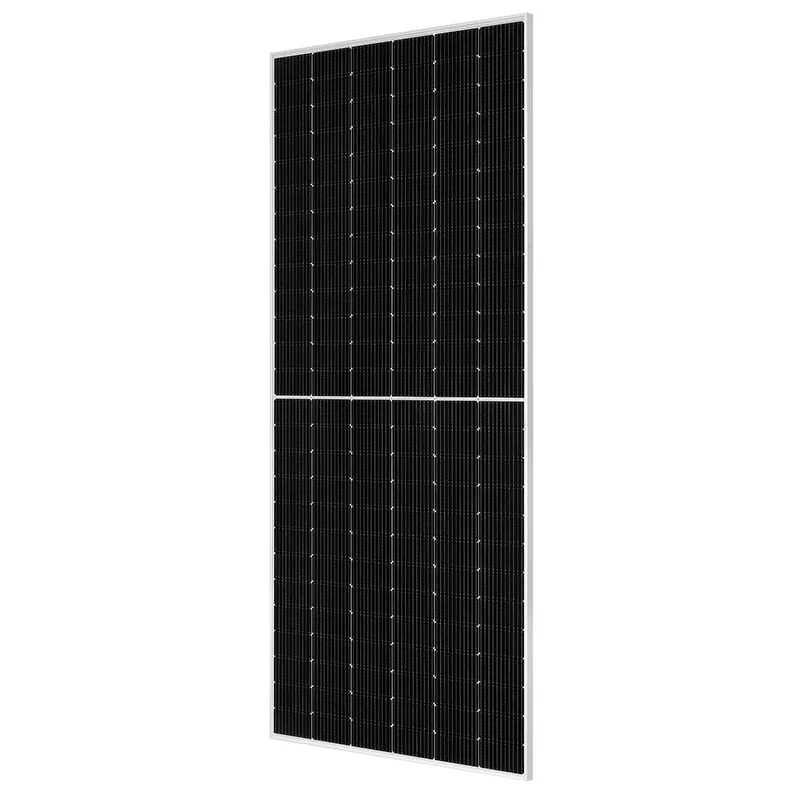Understanding the Dimensions and Efficiency of Monocrystalline Solar Panels
Understanding the Size of Monocrystalline Solar Panels
Monocrystalline solar panels are among the most efficient and popular types of photovoltaic technology available in the market today. Their efficiency in converting sunlight into electricity and their sleek aesthetic appeal have made them a common choice for both residential and commercial installations. However, when considering the installation of these panels, understanding their size is crucial. This article will delve into the dimensions of monocrystalline solar panels, the factors influencing their size, and how to determine the appropriate panel size for your energy needs.
What Are Monocrystalline Solar Panels?
Monocrystalline solar panels are made from a single crystal structure of silicon. This manufacturing process results in higher purity silicon, which leads to better electrical performance and greater efficiency compared to other types of solar panels. Typically, monocrystalline panels are recognized for their uniform color and rounded edges, which differ from the more industrial appearance of polycrystalline panels.
Standard Sizes of Monocrystalline Solar Panels
Monocrystalline solar panels vary in size, but the standard dimensions usually fall within a specific range. The most common size for residential solar panels is approximately 65 inches by 39 inches (1.65 m by 1.0 m), producing between 250 to 400 watts of power per panel. Commercial panels may be larger, with dimensions up to 77 inches by 39 inches (1.96 m by 1.0 m) or even larger, generating higher wattage output.
The power output of solar panels is generally correlated with their size; larger panels can produce more electricity. However, the production capacity also depends on the efficiency of the solar cells used. Monocrystalline panels usually boast efficiencies ranging from 15% to over 22%, making them an attractive option for space-constrained installations.
Factors Influencing Panel Size
size of monocrystalline solar panels

Several factors influence the size and number of monocrystalline solar panels needed for a specific installation
1. Energy Requirements The first step in determining the number of panels is understanding your energy needs. An energy audit can help estimate your monthly electricity consumption in kilowatt-hours (kWh). Based on the average output of the panels, you can calculate how many are required to meet your needs.
2. Available Space The physical space available for your solar installation significantly impacts the size and number of panels you can install. Rooftops, ground spaces, and even solar farms have different space limitations that must be considered. In cases where space is limited, higher wattage monocrystalline panels can be more beneficial.
3. Panel Efficiency Since monocrystalline panels generally offer higher efficiencies than other types, you may need fewer panels to generate the same amount of electricity. Choosing panels with efficiency ratings closer to 22% will result in reduced overall installation size.
4. Local Climate and Insolation Climate conditions, including sunlight availability and angles, can affect the performance of solar panels. Areas with higher insolation will allow panels to produce more energy, potentially influencing the number and size of panels needed.
5. Regulatory Considerations Local regulations and building codes may also dictate the maximum allowable size and number of panels you can install. It's essential to check with local authorities before making any installations.
Conclusion
Choosing the right size of monocrystalline solar panels requires careful consideration of various factors, including energy needs, available space, panel efficiency, and local conditions. Understanding these aspects will not only lead to a more effective solar energy system but also optimize your investment in renewable energy. Given their efficiency and output, monocrystalline panels can be an excellent choice for maximizing energy production in limited spaces. As technology advances, we may see even further improvements in panel efficiencies and sizes, making solar energy more accessible to homeowners and businesses alike. By assessing your specific needs and working with knowledgeable solar providers, you can make informed decisions that contribute to a sustainable future.
-
String Solar Inverter: The High-Efficiency Solution for Smart Solar EnergyNewsJul.14,2025
-
Revolutionizing Rooftop Energy with the Power of the Micro Solar InverterNewsJul.14,2025
-
Power Independence with Smart Off Grid Solar Inverter SolutionsNewsJul.14,2025
-
On Grid Solar Inverter: Powering the Future with Smart Grid IntegrationNewsJul.14,2025
-
Monocrystalline Solar Panels: High-Efficiency Power for the Future of Clean EnergyNewsJul.14,2025
-
Bifacial Solar Panel: A Smarter Investment for Next-Generation Energy SystemsNewsJul.14,2025







